|
Guest article from Jackson Hole Eco-Tour Adventures Mornings are cold and leaves are starting to change. It begins with fireweed flowers and smaller shrubs, before peaking with aspens and cottonwoods, our two major deciduous trees species. The fall has always been a special time with fond memories of still evenings listening for the bugling of elk beneath golden aspen groves. Summer crowds have long departed right as wildlife activity is picking up, making fall one of the best times to explore Grand Teton and Yellowstone National Parks. What is happening in fall anyway?With the first day of September we are already seeing signs of fall in Grand Teton National Park. Foliage is beginning to change as plants slow the production of the green pigment chlorophyll which is responsible for photosynthesis. As days shorten plant leaves slow down the production of chlorophyll which allows other pigments, called carotenoids, to become visible, appearing as yellow, red, or orange. Fall is a transitional time, our over 1000 plant species are shutting down photosynthesis in preparation for the long winter. Deciduous plants drop their leaves to save energy in winter when they would be otherwise unable to photosynthesize due to freezing temperatures. Without liquid water the chemical reaction cannot occur. In stark contrast to aspens and cottonwoods, our pine, spruce, and fir trees are known as evergreens, appearing to never lose leaves. (they are constantly dropping needles, just not all at once!) Evergreens produce sturdy needles which can resist winters chill, this allows them to begin photosynthesis as soon as water is once again available in the spring. Two unique strategies for surviving in the Greater Yellowstone Ecosystem. Many drop their colored leaves or die back to the ground where insulated snow cover protects the living roots. A transition time for the animals too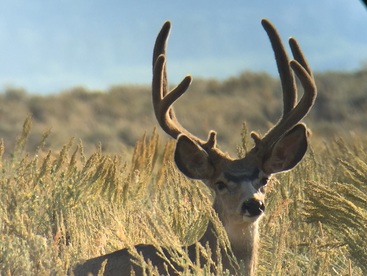 Our rutting mammals complete the mating season and begin migrations out of high elevations to more protected valley floors, often concentrating in huge numbers such as elk on the National Elk Refuge. As two thirds of our bird species leave the valley for warmer climates and bears disappear to hibernate, we welcome new arrivals to winter in Jackson Hole. Raptors like the Rough Legged Hawk will soon arrive from the Arctic Circle, and mighty bighorn sheep will return from the rugged Gros Ventre Mountains, beginning their late fall rut just outside the town of Jackson. Mule deer bucks like this one found while on a Jackson Hole Ecotour will soon start shedding the velvet on their antlers. Young trees are often used to remove the velvet and will be stripped of bark throughout the forest. 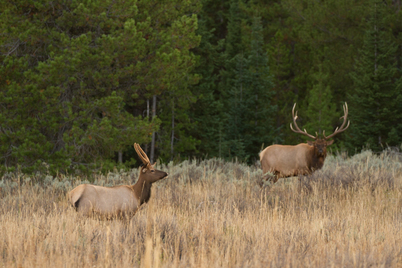 One of North America’s most spectacular wildlife behaviors, bull elk will call back and forth, issuing challenges. If you are lucky the next bugle you hear may be close enough to see the performers meet. They will stand tall, broadside to each other. Breathing heavily, water vapor will form in the frosty air. If one does not retreat the two will bow antlers and then lock them together, wrestling back and forth until one gives up and flees. The victor may often attempt to gore the loser while in pursuit. All of our ungulates, or hoofed mammals, mate in fall so that their offspring will be born in spring. And elk aren’t the only ones to aggressively establish dominance; moose, deer, pronghorn, and bison will also be in rut this fall, a unique spectacle to experience beneath the shadow of the Tetons. Preparing for hibernationAnimals use three primary strategies to survive in the Greater Yellowstone Ecosystem, Adapt, Migrate, or Hibernate. One of our most popular animals to see, bears, are experts at the third. Throughout the summer bears build up fat reserves, preparing for winter. As omnivores, they will eat just about everything, grasses, roots, berries, elk calves, carrion, ants, and even moths roosting in high elevation boulder fields! Towards the end of summer foraging picks up, entering a stage called Hyperphagia or over eating. Foraging constantly, bears will eat upwards of 20,000 calories a day! The magic of fall in the west is something I was introduced to as a young child growing up near Rocky Mountain National Park. In this centennial year of the National Park Service (read more here!) let the experienced guides at Jackson Hole Ecotour Adventures share this story when you visit Grand Teton and Yellowstone National Parks this fall. Join us on a half day, full day, or even multi day trip through fall in the Greater Yellowstone Ecosystem, it’s one you wont soon forget. Trips from now until December 20th are 10% off when you mention this blog!
Naturalist Josh Metten has spent his entire life exploring and living in the Rocky Mountains of Colorado and Wyoming. He is an Ecotour Adventures Naturalist, photographer, conservationist, and outdoor enthusiast. Josh lives in Jackson, WY. Eco Tour Adventures was created with the idea of helping people connect with the natural world through wildlife observation and natural history interpretation. We believe that when one is more familiar with the intricate workings of the ecosystem, he or she has a deeper appreciation and connection with their environment. Join us on an adventure today!
2 Comments
|
Archives
March 2024
Categories
All
|
Contact UsJackson Wild
240 S. Glenwood, Suite 102 PO Box 3940 Jackson, WY 83001 307-200-3286 info@jacksonwild.org |

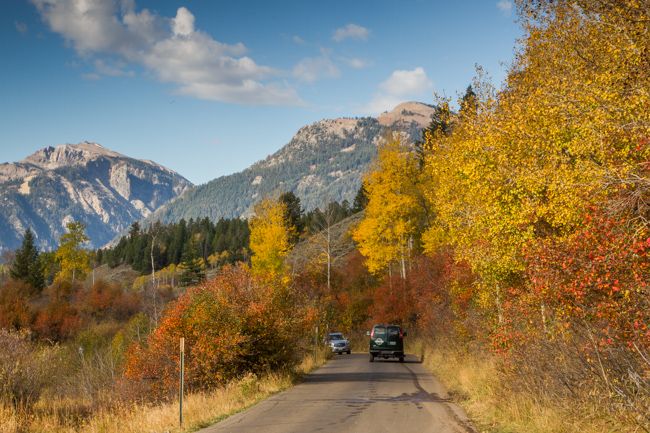
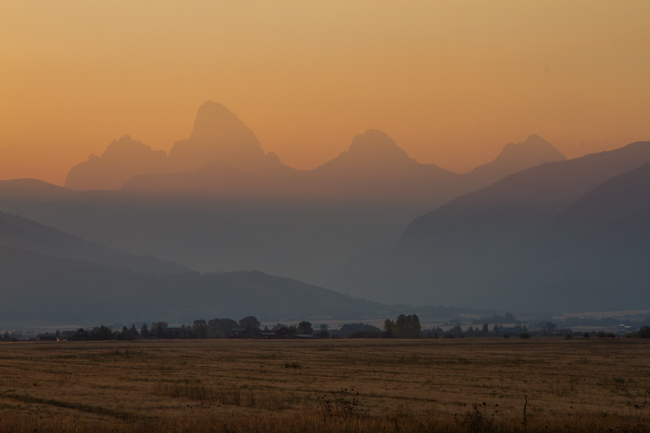
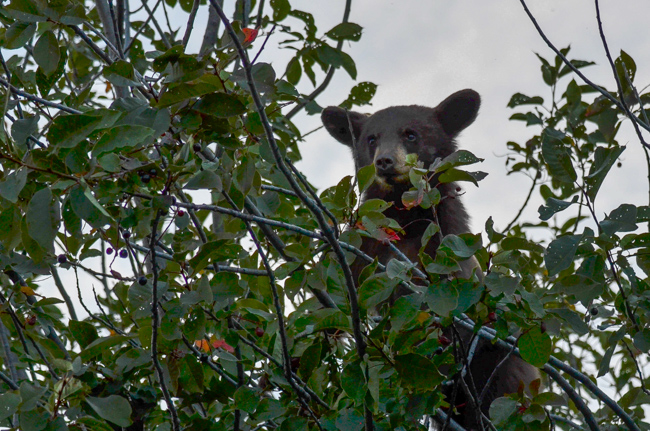
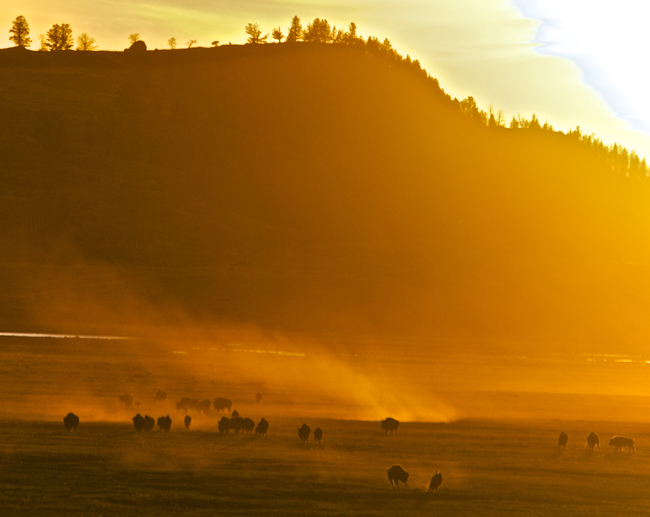
 RSS Feed
RSS Feed